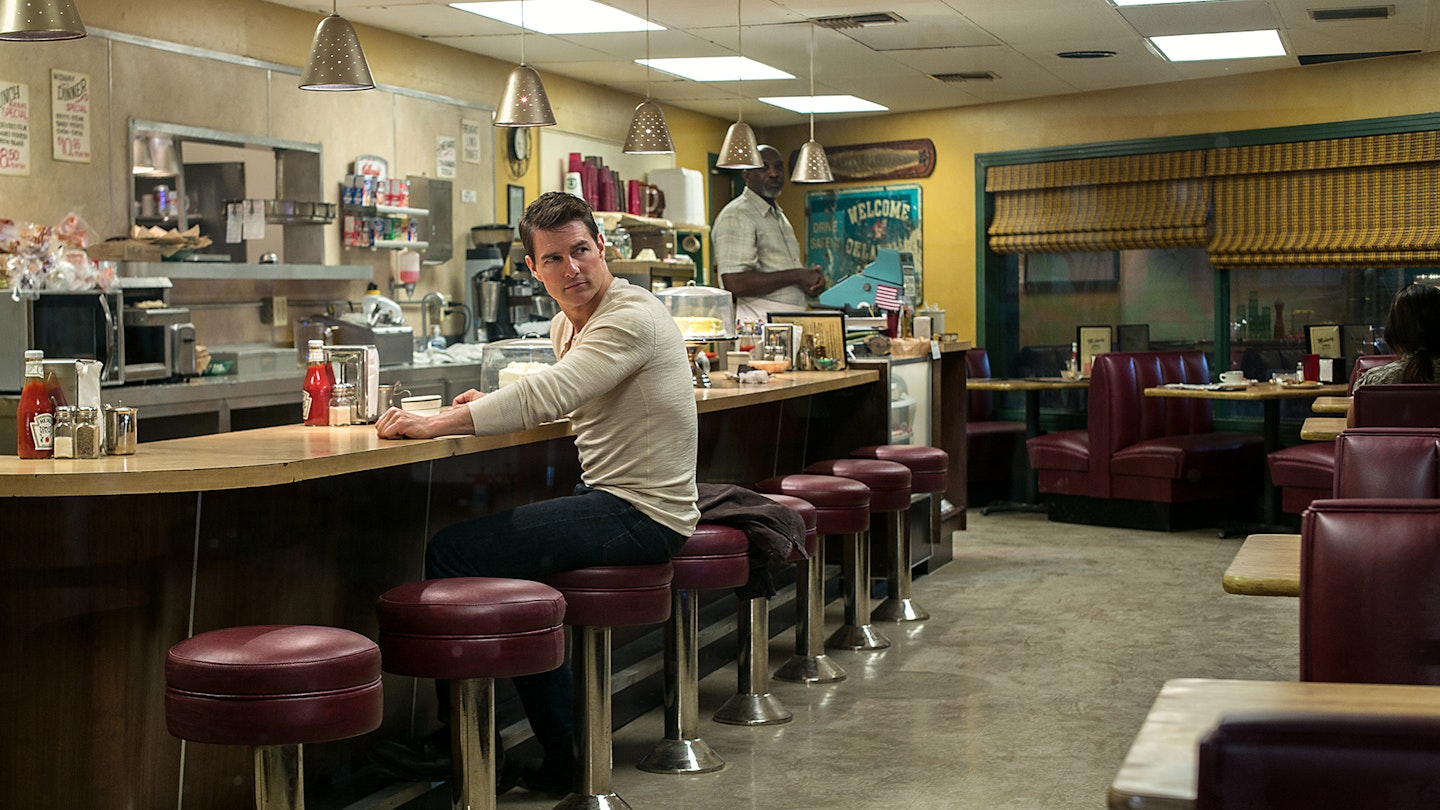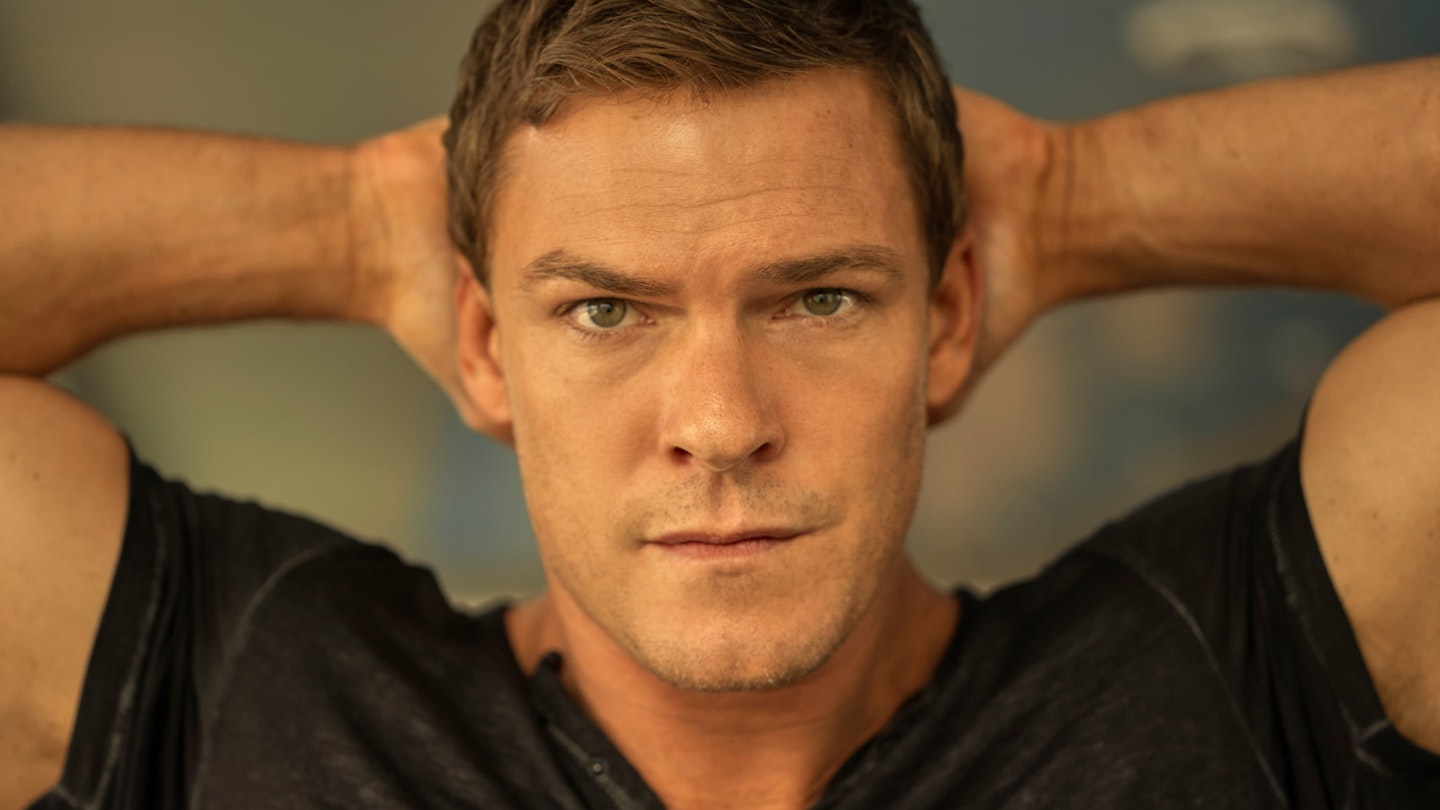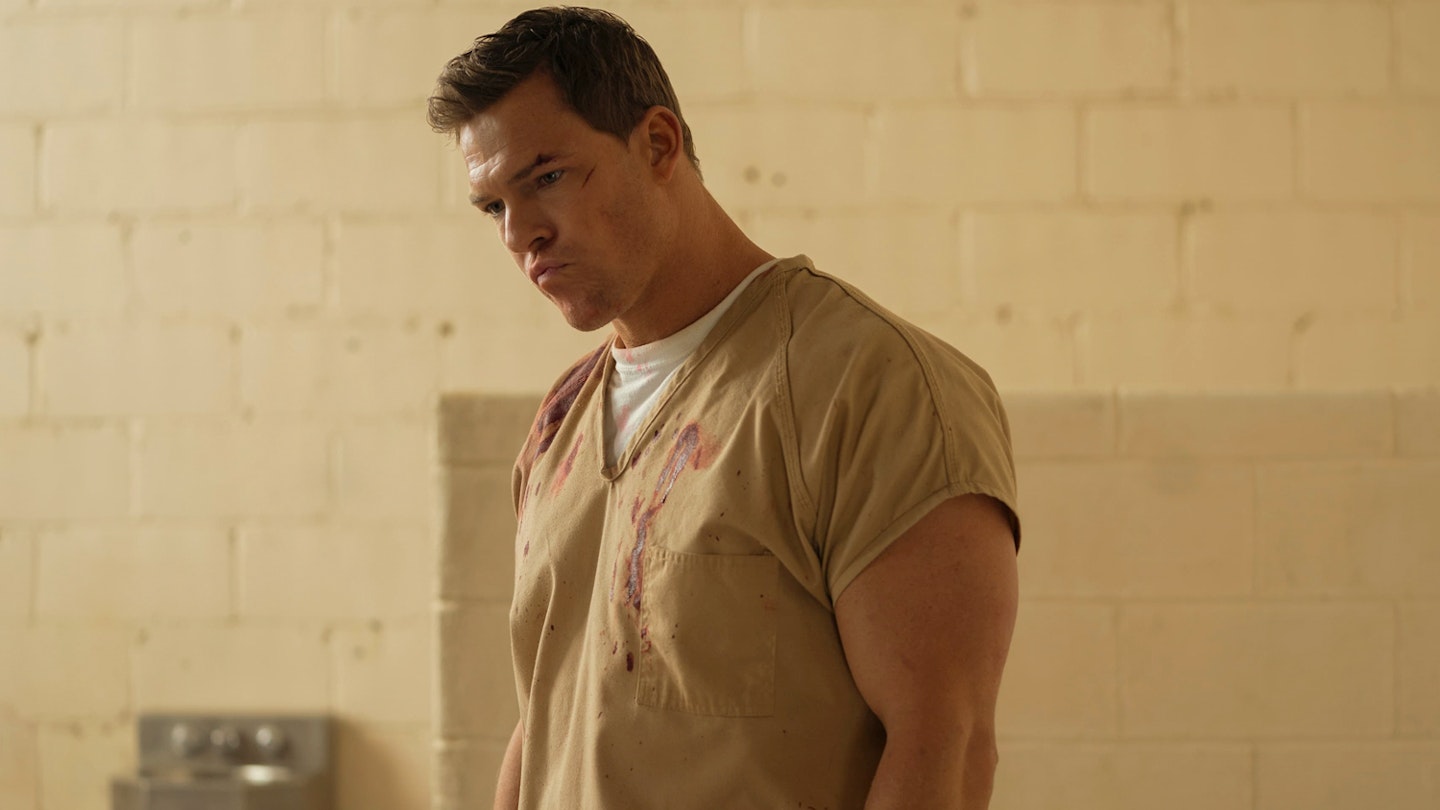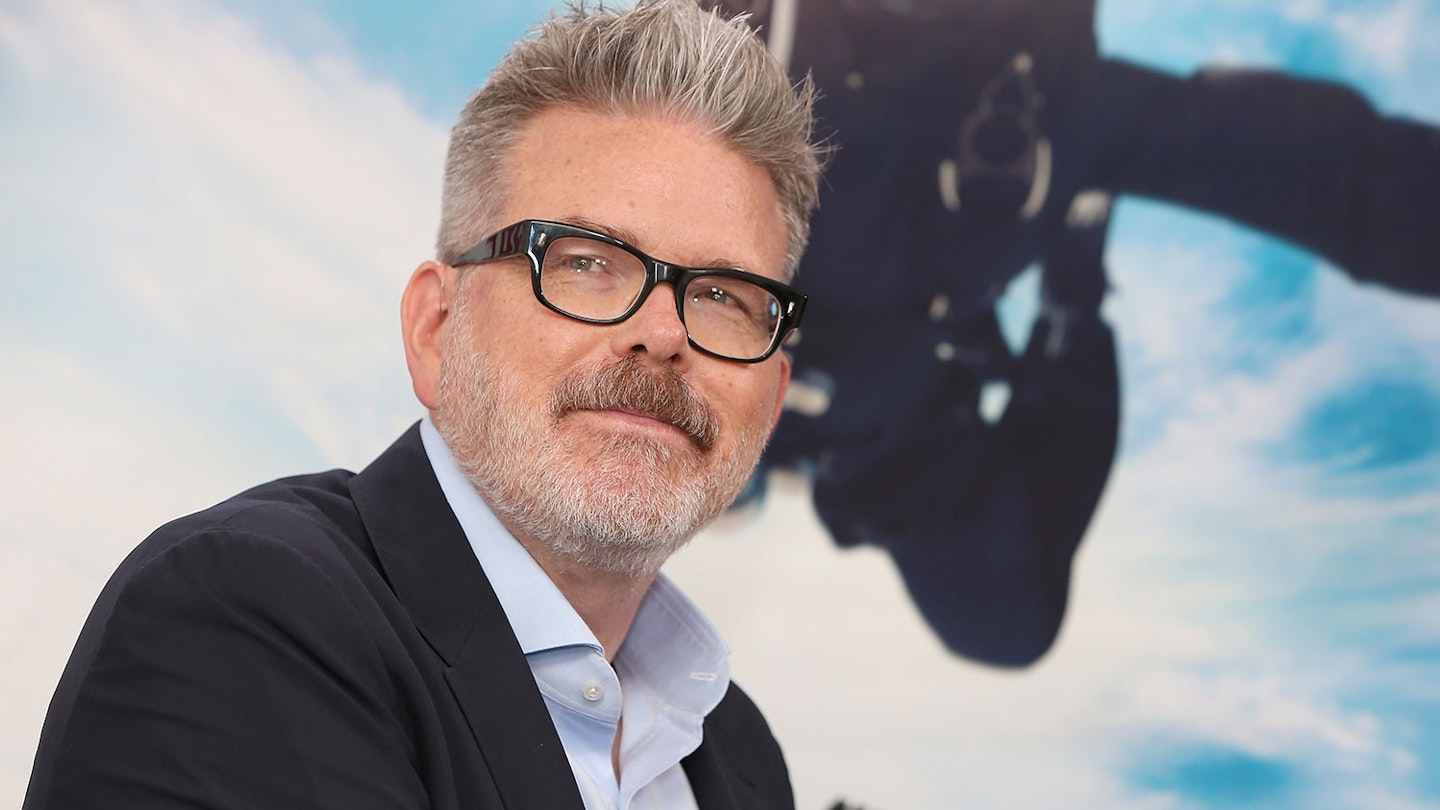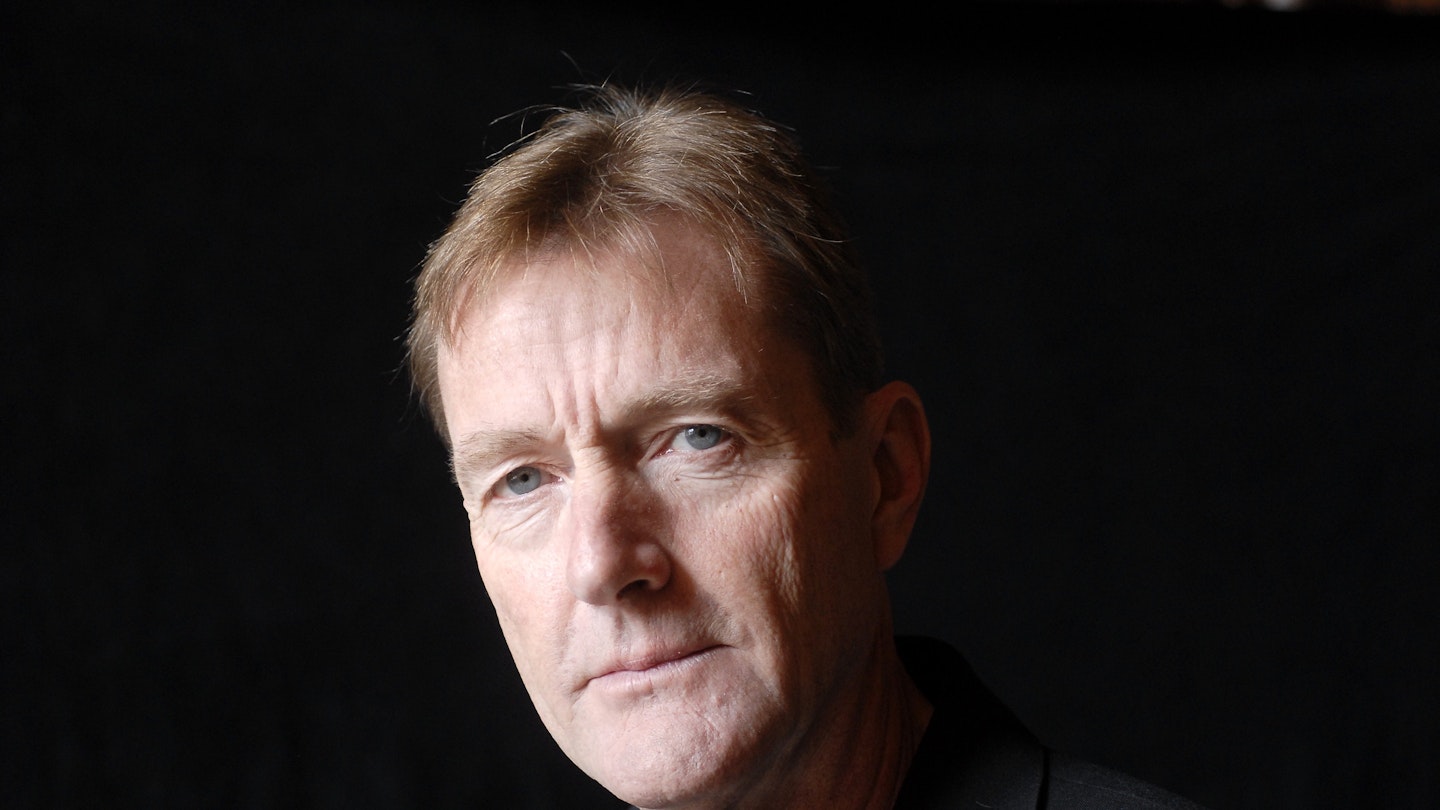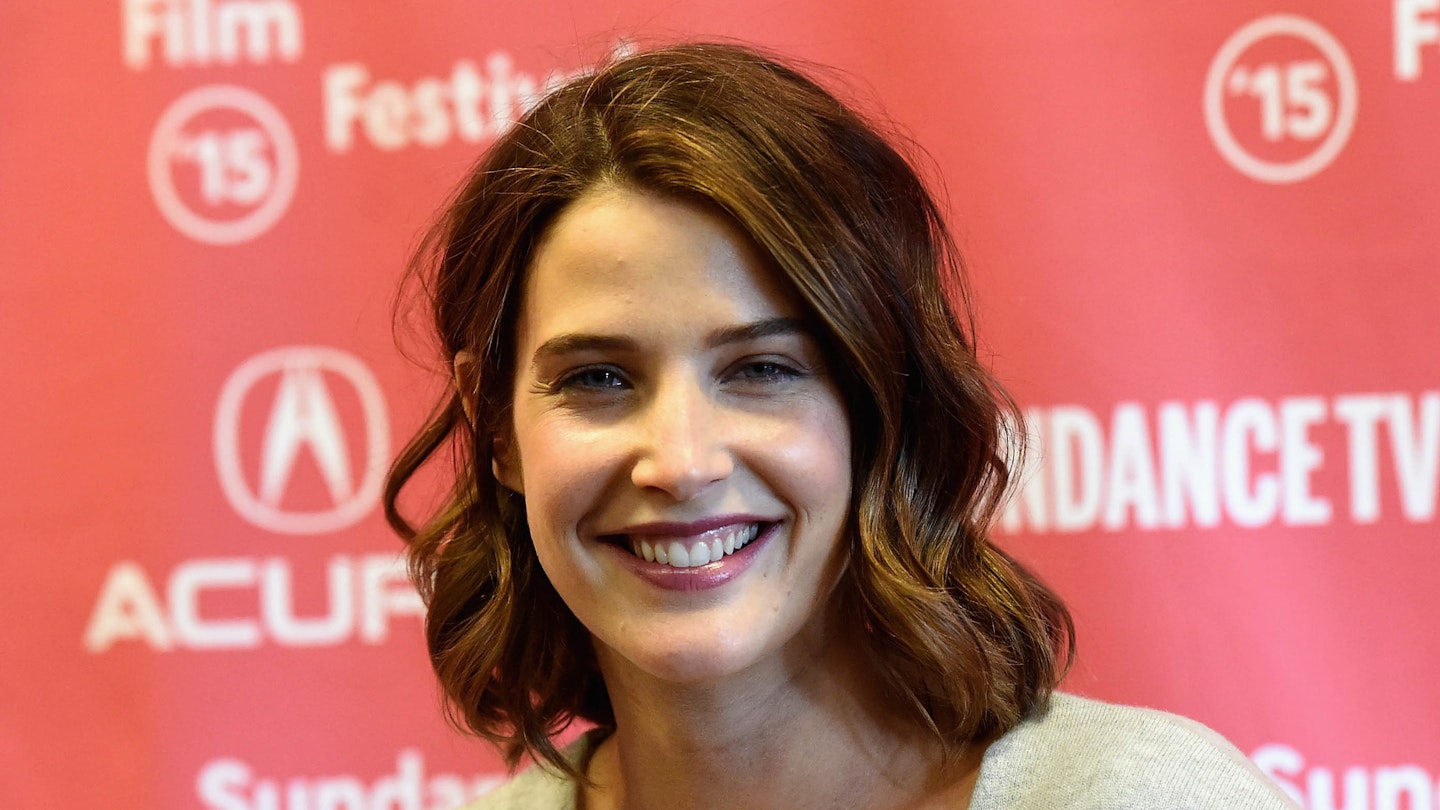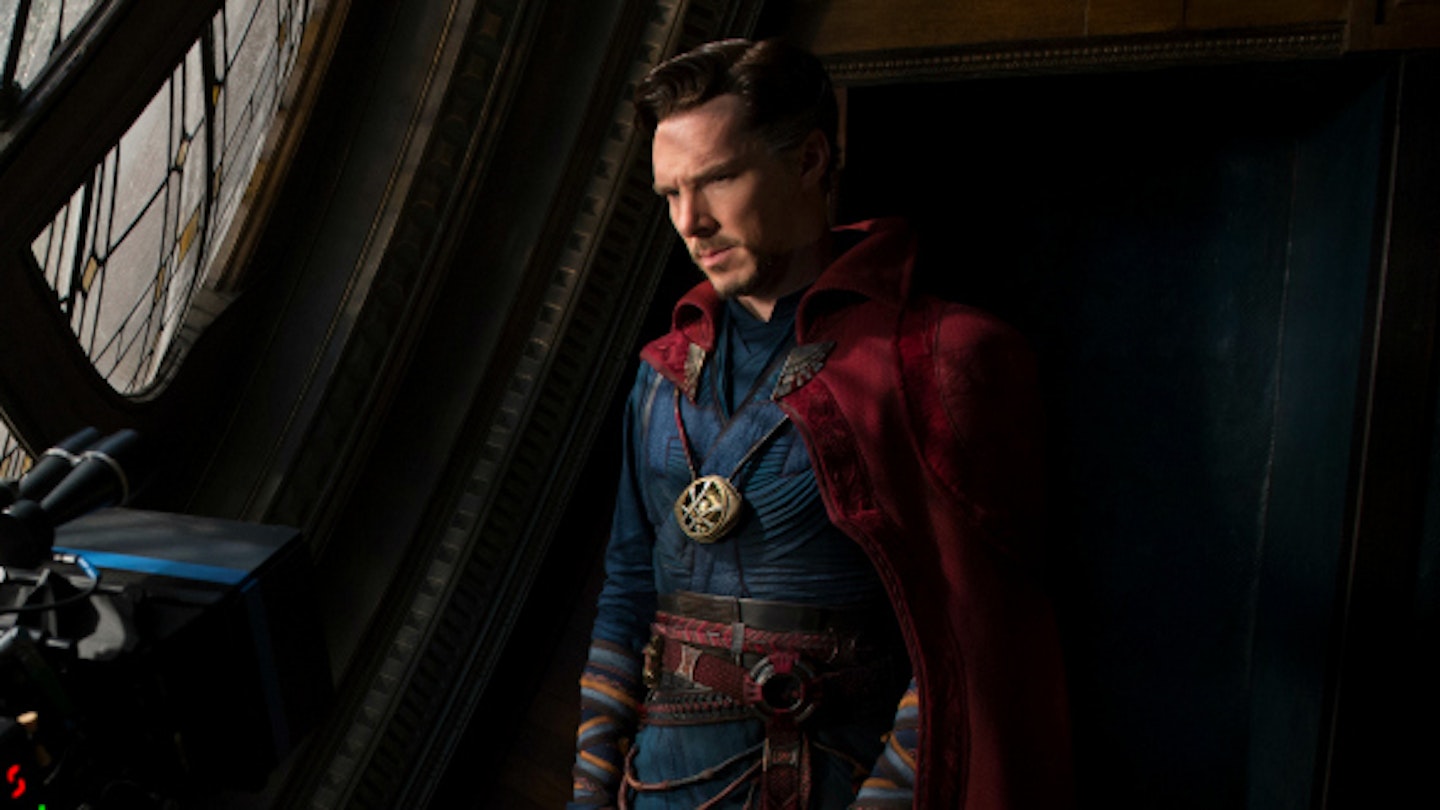Sure, he’s a fine actor, but what Tom Cruise does really well is run. And Ed Zwick, having directed him before, clearly knows that. So, as Never Go Back approaches the half-hour mark and with Cruise yet to break into anything above a brisk walk, Zwick cuts to him sprinting for a cab. And then, to make up for lost time presumably, a few minutes later he runs for a bus. He may be 54 now (and it’s not quite him trying to outrun a sandstorm), but watching Cruise run has lost none of its thrill.
Of course that is, technically, another stick with which doubters can beat this cinematic Reacher, should they be so inclined. Book Reacher’s lumbering lack of speed is a rare weakness and is brought up semi-regularly, but clearly it’s not an issue here. (Even though he does miss that bus.) But it feels, two movies in, as though it’s time to make peace. For better or worse, taller or shorter, when it comes to cinematic Reacher, Cruise is our man.
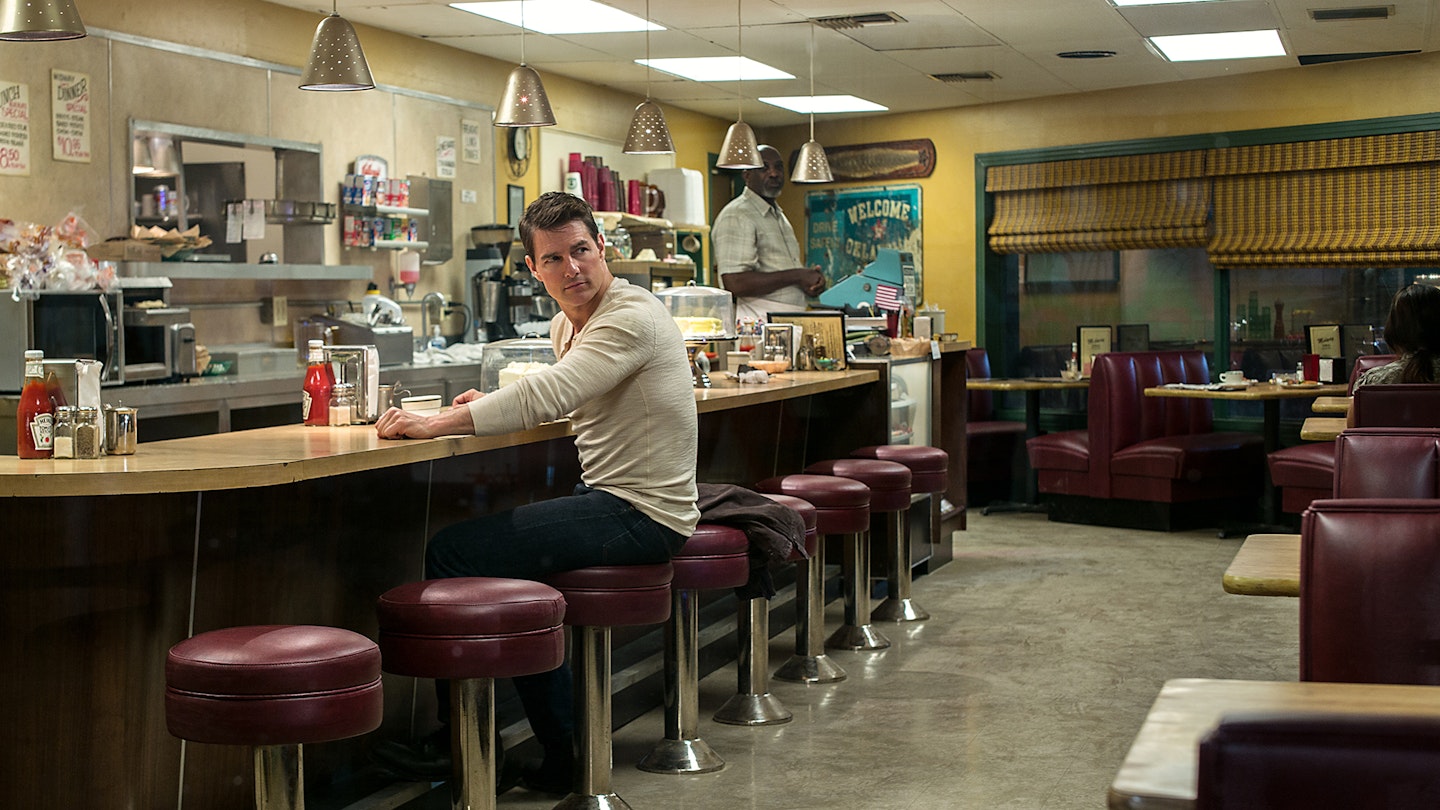
And (despite all that running) there is good news. Zwick here takes Reacher closer to the books — tougher, gruffer and no longer boasting the skills of a stunt-car driver. (At least, not that we’re shown.) In fact, he’s usually in the passenger seat. The opening scene, which sees police arrive at a diner with four bodies writhing in agony on the car park floor, and Reacher calmly sitting inside drinking his coffee, is a perfect example — an Indiana Jones-style end-of-the-last-adventure vignette that immediately sets the scene for this grittier vision. We’re not in the same territory in terms of stylistic differences as Mission: Impossible and its immediate sequel — there are no slo-mo doves here — but it’s still a noticeably different beast.
The stakes are higher here than in Jack Reacher — he’s framed for murder after poking around in the arrest of Turner (Smulders), the major who’s doing his old job in the Military Police. She’s been accused of espionage, but Reacher senses something’s afoot (which his arrest proves), so he breaks them both out of prison and they go on the run, closely followed by hitmen determined to stop them. Plus there’s an added wrinkle: 15-year-old Samantha (Danika Yarosh), a girl Reacher’s only just found out about, who may or may not be his daughter, is also caught in the firing line. Cue familial-style bickering between the three.
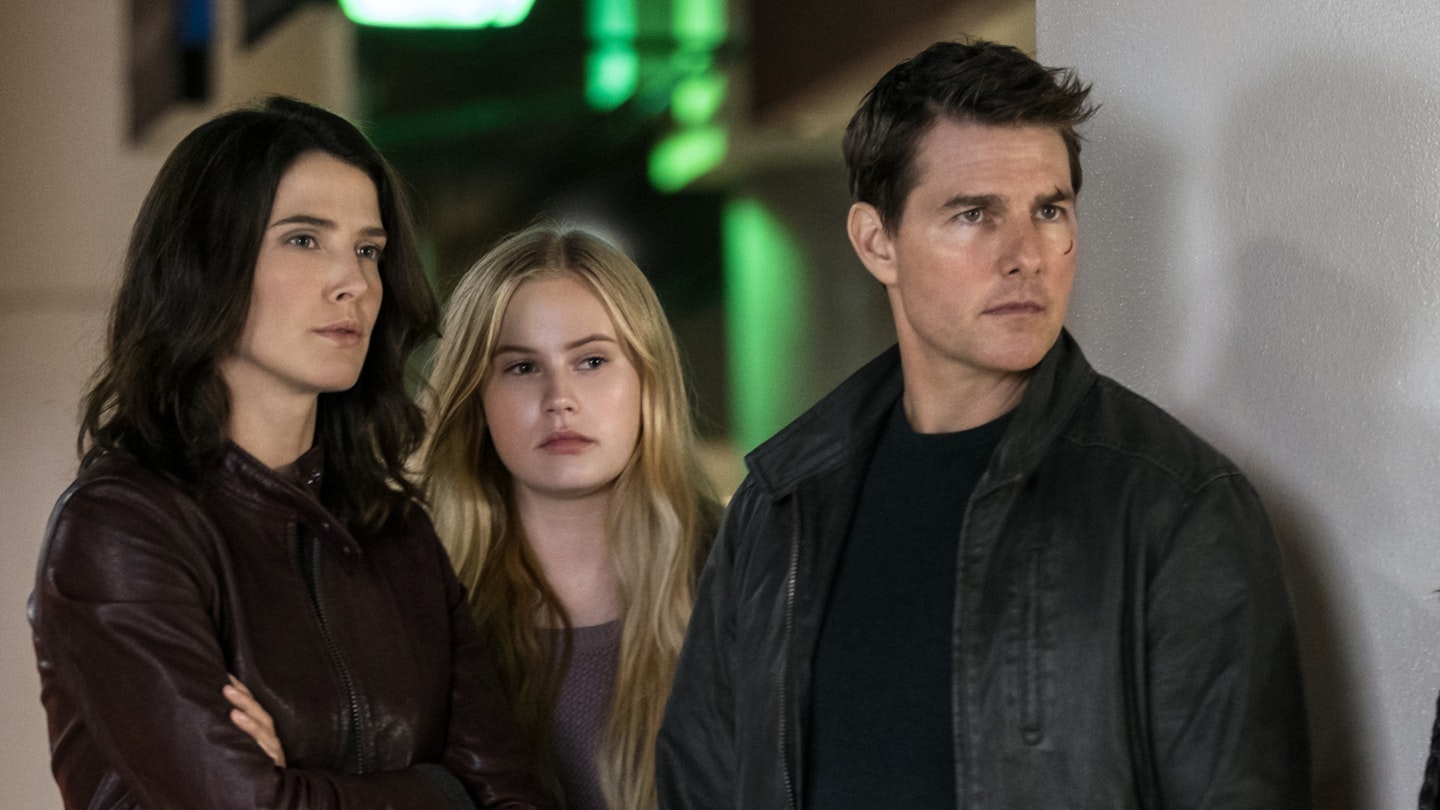
When it comes to cinematic Reacher, Cruise is our man.
According to Lee Child, the presence of Samantha in Never Go Back is one of the main reasons this story was chosen, and it’s an interesting addition in terms of Reacher’s character development — will the drifter find an anchor? Sure, it took 18 books of wandering for this particular paternity issue to come up and we’re only on film two, but it’s not without precedent — the issue of settling down was raised as early as book three when Reacher inherited a house (he decided against it).
Reacher’s also drafted back into the army after a clause in his release papers is activated, allowing them (rather than the police) to hold him for the murder he’s accused of. This sets up some soul-searching about whether someone like him can ever have a normal life, and brings up the question about why he left in the first place. “Let’s just say, I woke one morning and the uniform didn’t fit,” he tells Turner.
But where Never Goes Back does fall short in comparison with Jack Reacher, despite the lower stakes, is the central mystery. One Shot, the book the first film is based on, boasted one of the best (if not the best) of the entire series. Never Go Back does not. Recognising that, much here has been changed from the source material. Some necessary (the book fizzles out whereas this builds to a final showdown), some just different — no LA, as soon as the trio leave DC they head to party town New Orleans, where the finale just happens to coincide with the annual Hallowe’en parade. But the murky machinations of the arms-dealing still can’t compete with the purity of the original’s sniper mystery. Next time it would be wise to choose one of the better-plotted books — Killing Floor or Bad Luck And Trouble perhaps.
And it looks likely there will be a next time. This is only the second instance where Tom Cruise has committed to a sequel, and presumably it’s with eyes on a long-running franchise. With M:I it took him three movies to nail the tone and formula; with Reacher he’s managed it a film earlier.
